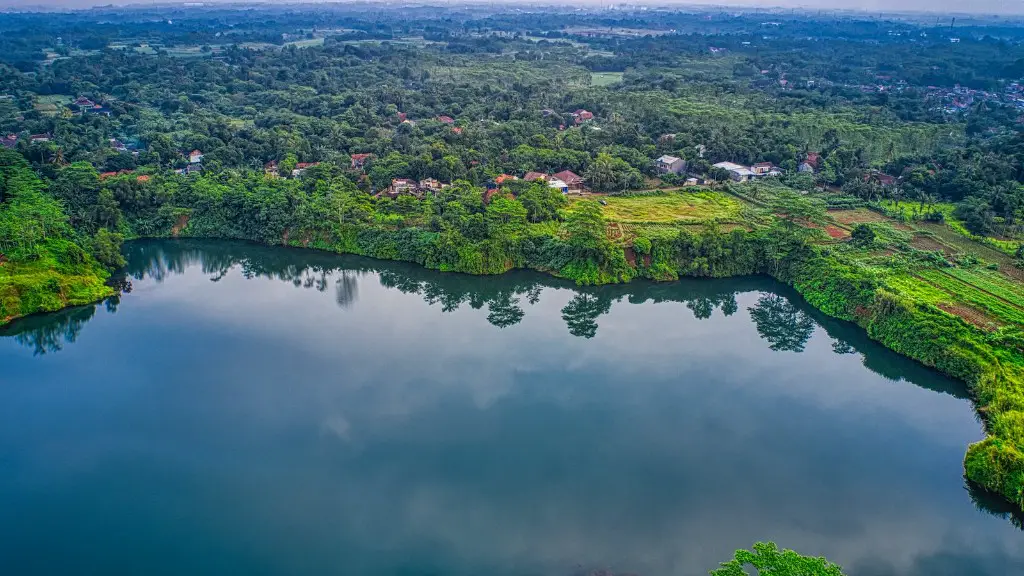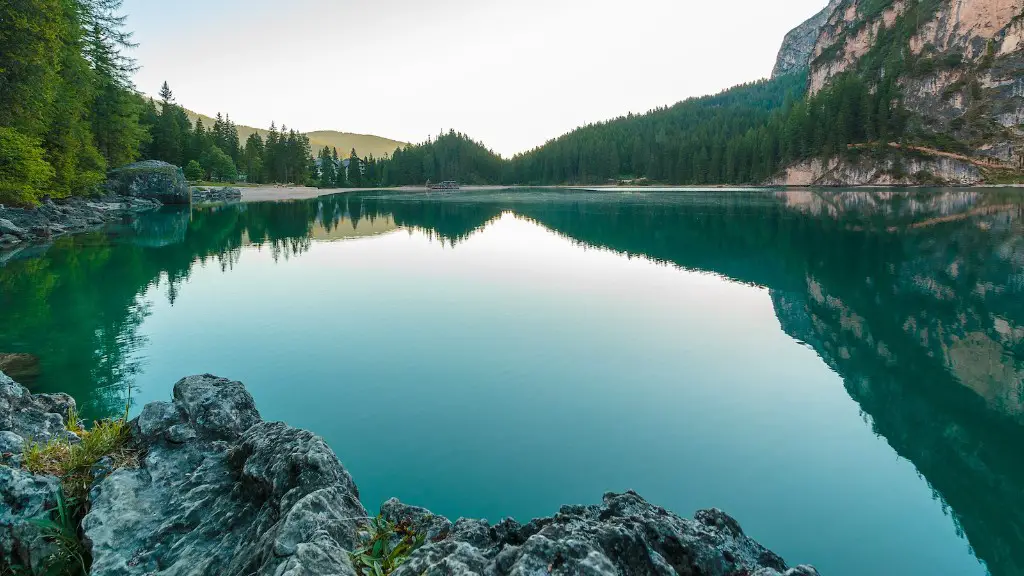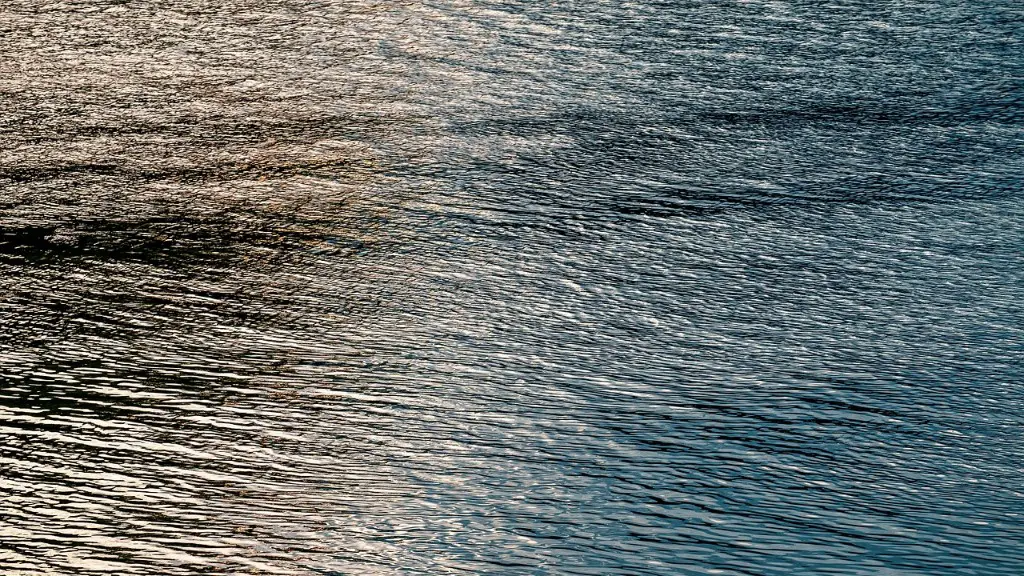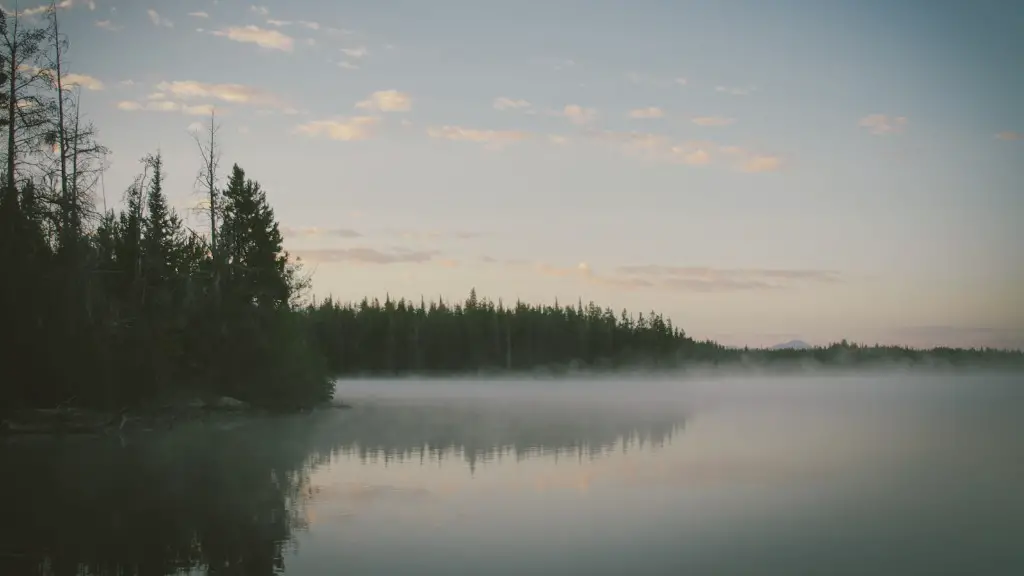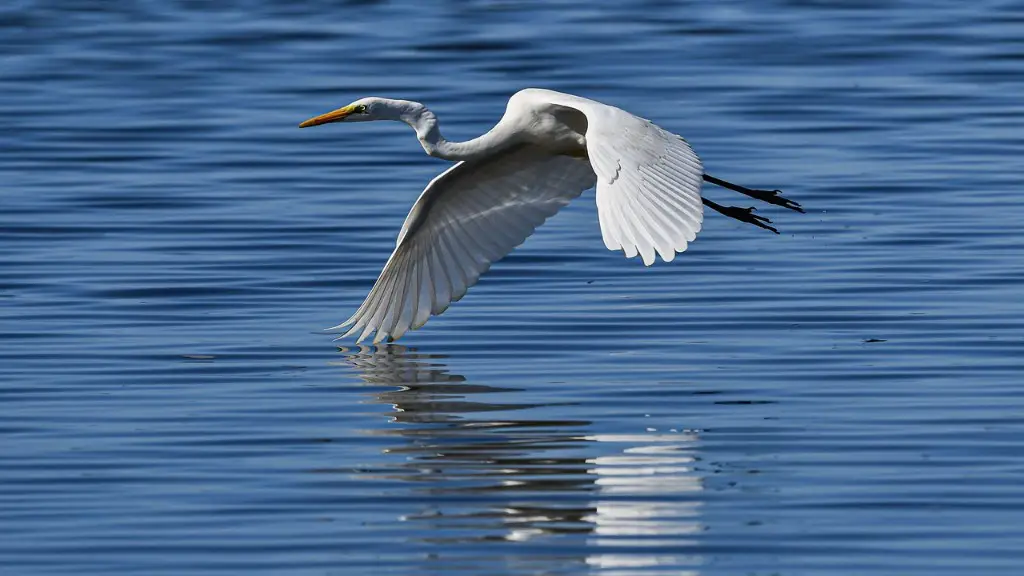Lake Baikal is widely acclaimed as the world’s oldest and deepest lake. Located in Eastern Siberia, Lake Baikal is truly a geological wonder, as it contains an estimated 20% of the world’s surface freshwater. It is older than 25 million years and drains into the Angara. Lake Baikal has long been respected by locals, with the indigenous Buryat people considering it a sacred place.
Lake Baikal is famous for a number of reasons, not just its impressive size. From the local wildlife and ecosystem to its cultural significance and natural beauty, here is what makes Lake Baikal stand out.
Diverse Ecosystem
Lake Baikal houses a unique ecosystem, with over 3,000 species of animals and plants living in its depths. Baikal’s unique conditions have enabled the existence of various species of plants, animals and fish that are virtually endemic to the lake and are not seen anywhere else in the world. Examples include the Baikal seal, the golomyanka, and the omul — a variety of fish endemic to the lake.
Many of these species are yet to be studied and understood by biologists, making them particularly valuable in the scientific community. In addition, the Baikal underwater environment plays an important role in regulating the levels of toxic substances, such as heavy metals, in the lake.
Cultural Significance
Lake Baikal has a deep cultural significance, as it has played a major role in the culture and mythology of the Buryats, the indigenous people of the region. This can be seen in the numerous archaeological sites and artifacts located along the shores of the lake. In addition, the Buryats perform a traditional ceremony every year during the summer solstice, in which they make offerings and pay tribute to the lake.
Lake Baikal also serves as a major source of spiritual inspiration for many writers and poets, and has been often written about or narrated in art and literature. In fact, it is particularly well-known for its role in preserving the unique native folklore of the Buryat people.
Natural Beauty
No one can argue that Lake Baikal is second to none when it comes to natural scenery — its crystal-clear waters, pristine forests, and magnificent cliffs make it a sight to behold. Its unique microclimate means that the lake experiences all four seasons in just one day — so visitors can experience a variety of weather patterns in a single day.
In addition, Lake Baikal is surrounded by quaint villages and small towns, giving it a truly authentic feel. The locals are very friendly and hospitable, and are often eager to share their fascinating culture with visitors.
Unique History and Geology
Lake Baikal is also a great example of geological history. It is estimated that the lake is 25 million years old, making it a quarter as old as Earth itself. This is a remarkable feat, considering that the lake has never been connected to other bodies of water.
For this reason, Lake Baikal is often known as the “Pearl of Siberia.” It is one of the most protected lakes in the world, and has been designated as a World Natural Heritage Site by UNESCO.
Scientific Research
The unique features of Lake Baikal also make it an ideal setting for scientific research, such as studies of its flora and fauna, and the influence of its microclimates on the environment. In addition, the lake’s ancient geological features are constantly being studied.
The lake also plays an important role in the study of global climate change, since its temperature and depth can be used to measure changes in the atmosphere.
Tourism
Lake Baikal is also one of the most popular tourist destinations in Russia and the entire world. Thousands of tourists flock to the lake every year to experience the breathtaking natural beauty and to learn more about its fascinating history and culture.
The lake is full of activity throughout the year, with fishing, sailing and skiing being popular activities. In addition, there are numerous boat tours, religious pilgrimages, and camping spots that can help tourists make the most of their visit.
Conclusion and Economic Impact
Lake Baikal is truly a unique natural wonder. Its diverse wildlife, breathtaking landscapes, rich history and cultural significance have made it a popular destination for tourists, and have provided numerous economic benefits to the local community.
The lake’s unique characteristics have also enabled the existence of unique species, ensuring their preservation for the scientific community. Lake Baikal’s decades of geological history have helped shed light on the planet’s evolution, providing invaluable insight into the Earth’s past.
